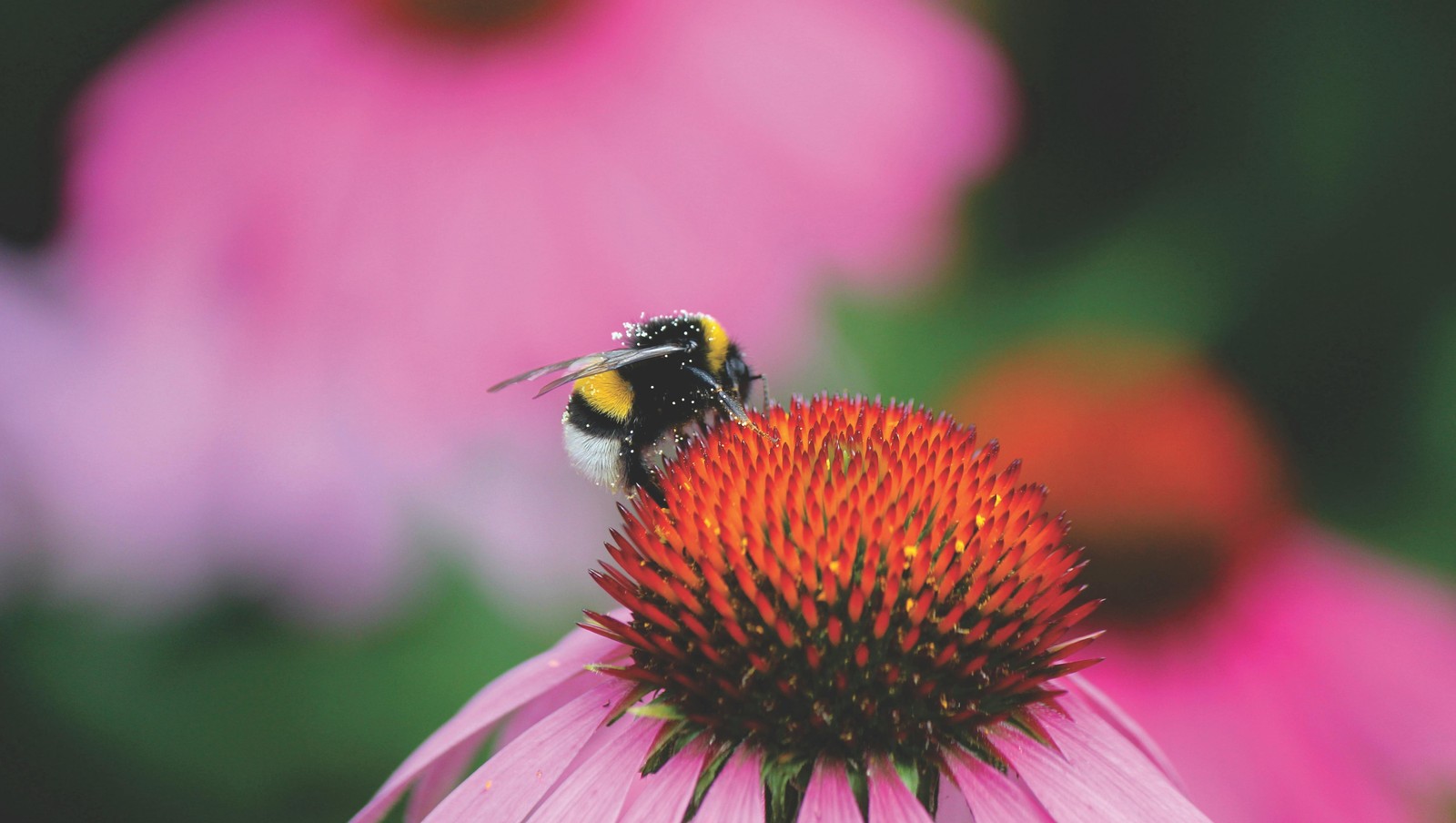Animal masonry 101
Can you believe these 12 incredible structures were built by animals?

Image: Matthias Zomer
From forests to backyards, America is full of incredible animal-made structures that rival—and sometimes even surpass—human architecture. Bees craft intricate hexagonal hives, ants build elaborate underground colonies, and many other creatures create amazing structures without using any kind of blueprint. Take a look at these 12 remarkable constructions and be inspired by their ingenuity.
1
Beehives

Image: Meggyn Pomerleau
The first entry on the list goes to perhaps the most famous and finest example of animal architecture: the beehive. Built by incredibly industrious insects, beehives are among the most efficient structures in nature .
The regular hexagons provide the least-perimeter way to enclose infinitely many unit areas in the plane: the best way to separate the surface of their hives in equal parts all around, using the least possible total perimeter, thus reaching 100% efficiency in design.
2
Ant colony

Image: Morten Jakob Pedersen
If beehives aren’t the first thing that comes to mind when thinking about animal architecture, there’s a good chance you’re thinking of ant colonies.
Ants build the elaborate colony structure by hollowing out the area with their mandibles, grain by grain, without a blueprint, without a leader, and in total darkness . Unless the soil dries out dramatically, the chambers will keep their form.
3
Prairie dog town

Image: Moritz Kindler
These cute creatures excavate their homes by digging burrows into the ground, primarily in the Great Plains of North America. The region experiences extreme seasonal weather variations from season to season, requiring their homes to be built to withstand extreme temperatures, floods, and fires.
These underground "towns" have nursery rooms, pantries, living quarters, and temporary refuges —each smartly separated to serve a specific purpose.
4
Beaver dam

Image: Derek Otway
Another famous animal architect, the beaver, uses felled trees to build dams . These dams create still ponds where beavers can construct their winter homes, called lodges.
These creatures prepare for winter by covering their lodge with a fresh coat of mud, which hardens to create a barrier against the cold and predators.
5
Caddisfly larvae case

Image: Wolfgang Hasselmann
Caddisfly larvae construct protective cases using silk and whatever materials are available , such as sand, small stones, and plant debris.
These cases camouflage the larvae from predators and can be remarkably diverse in appearance, reflecting their creativity and resourcefulness.
6
Octopus den

Image: Serena Repice Lentini
It’s no secret that octopuses are incredibly intelligent animals, and their dens are proof of it. These clever mollusks use shells, stones, and even discarded human objects to reinforce their homes . Some species go a step further, decorating their dens with seaweed and other found materials.
7
Bagworm silk tent

Image: Maëva Vigier
Bagworms construct silk tents around themselves using bits of leaves, twigs, and other debris . These tents serve as mobile homes, providing protection as the insect feeds and grows.
Some species even camouflage their bags to blend into the environment, helping them avoid predators.
8
Osprey nest

Image: Jorge Coromina
Ospreys build massive nests in tall trees or on human-made structures near bodies of water. These nests are carefully constructed with sticks and lined with softer materials , creating a sturdy platform that can last for multiple breeding seasons.
9
Coral reef

Image: Hiroko Yoshii
Coral reefs are massive structures built by tiny coral polyps. These marine architects secrete calcium carbonate to form hard skeletons, gradually creating vast and complex habitats for a myriad of marine species. They are often referred to as the "rainforests of the sea" due to their biodiversity.
10
Spider web

Image: freestocks
Another famous architect from the animal kingdom, the spider, creates webs that serve as both homes and hunting tools . The silk used in these webs is incredibly strong, and different species produce a variety of designs, including sheets, orbs, and funnel shapes.
11
Swallow nest

Image: Tobias Arweiler
Swallows build cup-shaped nests that can house entire colonies , using mud pellets, usually attached to vertical surfaces like cliffs or man-made structures.
The construction is precise and stable, providing protection for their young against predators and environmental elements.
12
Burrowing owl burrow

Image: mana5280
As their name suggests, burrowing owls make their homes underground , often taking over burrows abandoned by prairie dogs or other mammals.
They use these subterranean homes to protect their young and hide from the heat of the day.
















